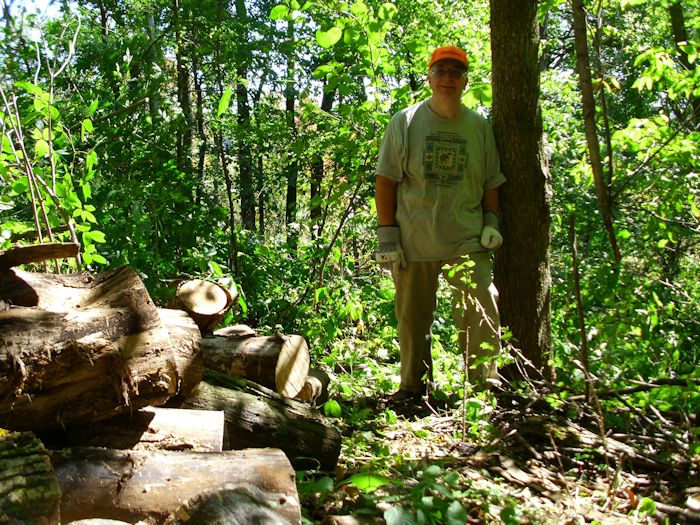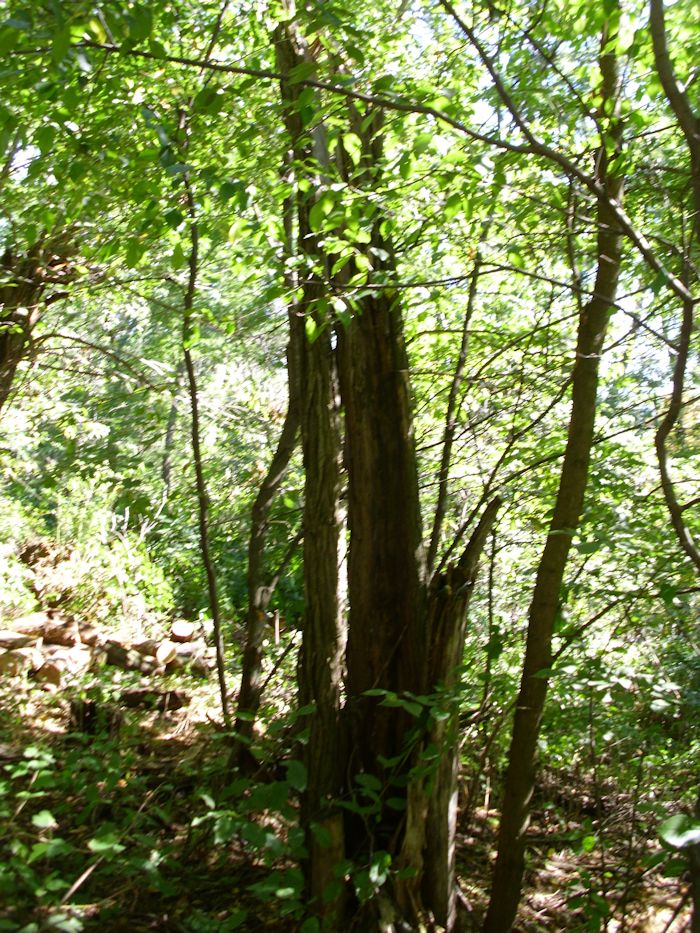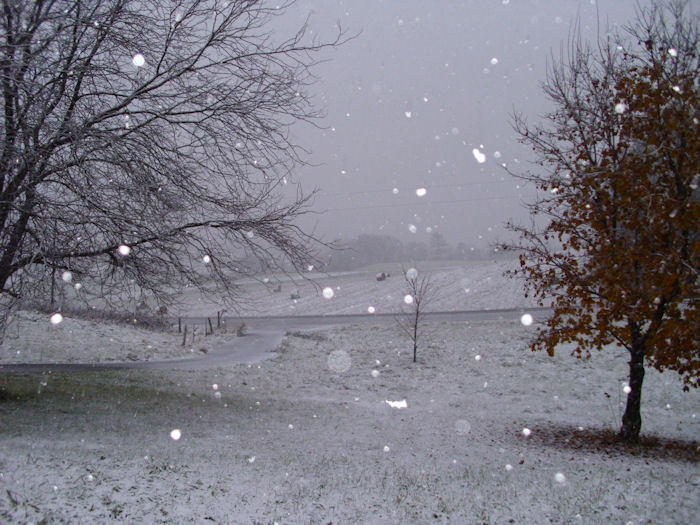It’s the beginning of fall here in Wisconsin—my favorite time of the year. Everything is getting that tired look to it and the evening temperatures are beginning to dive a little more often into the 50s and 60s. The leaves are starting to change just a little. Soon I’ll be up in the woods cutting up dead trees for winter. It’s not nearly cool enough for the first fire yet, but that will come too. Soon I’ll have the smell of woodsmoke permeating the house as I enjoy the cool fall evenings in front of my wood stove.
Last week I began picking my grapes and apples. Both have produced abundantly this year. In fact, just one cane produced a little over 40 pounds of grapes. The apples are smaller than normal, but plentiful, weighing the trees down. The pears this year suffered from a lack of activity from helpful insects and an overwhelming quantity of the harmful variety. The point is that it’s a time for picking things and preserving them for the winter. There is a certain feeling that comes over you as you begin to bring things into the house and see the larder shelves swell with all you’ve produced. Most of the fruit will go into juice this year, which means my Victorio Strainer will work overtime.
As part of my fall preparations, I’m starting to dry the herbs that have grown all summer. My herb garden is a little limited this year because the weather just didn’t cooperate as much as it could have. Still, I have plenty of celery (actually lovage) seed to use, along with the dried leaves. The rosemary, two kinds of sage, and two kinds of thyme have all done well (though the rosemary is not quite as robust as I would have liked, it’s quite flavorful). The dehydrator is up and running now, helping me preserve the herbs I need for cooking this winter.
Of course, the herb garden produces more than just herbs for cooking—it also produces a robust number of items for tea. Right now I four kinds of mint growing: lime, lemon, chocolate, and spearmint. The first three are definitely used for drinking teas only because their subtle flavors are lost in other sorts of uses. The spearmint is used for tea, cooking, and mint jelly—that essential add-on for lamb meat. Rebecca actually had eight different kinds of mint growing at one time, but they have gotten mixed together over the years or were hit especially hard by this last winter. The herb garden will need some focused attention this upcoming spring to get it back into shape.
In some respects, the combination of a hard winter, a late spring, and a cool summer conspired to make this year less productive than most. It’s the reason that you really do need a three-year plan for stocking your larder to ensure that you have enough food for those years that are a little less plentiful. Fortunately, my larder has an abundant supply of everything needed to sustain life (and quite a large number of things we made purely for pleasure as well).
There are some fall-specific things that I’ll eventually take care of. You already know about the work part of it, but there is time for pleasure too. For example, I’ll take time for my usual picnic at Wildcat Mountain after the fall color begins to peak. So, how are your fall plans shaping up? Let me know at [email protected].



